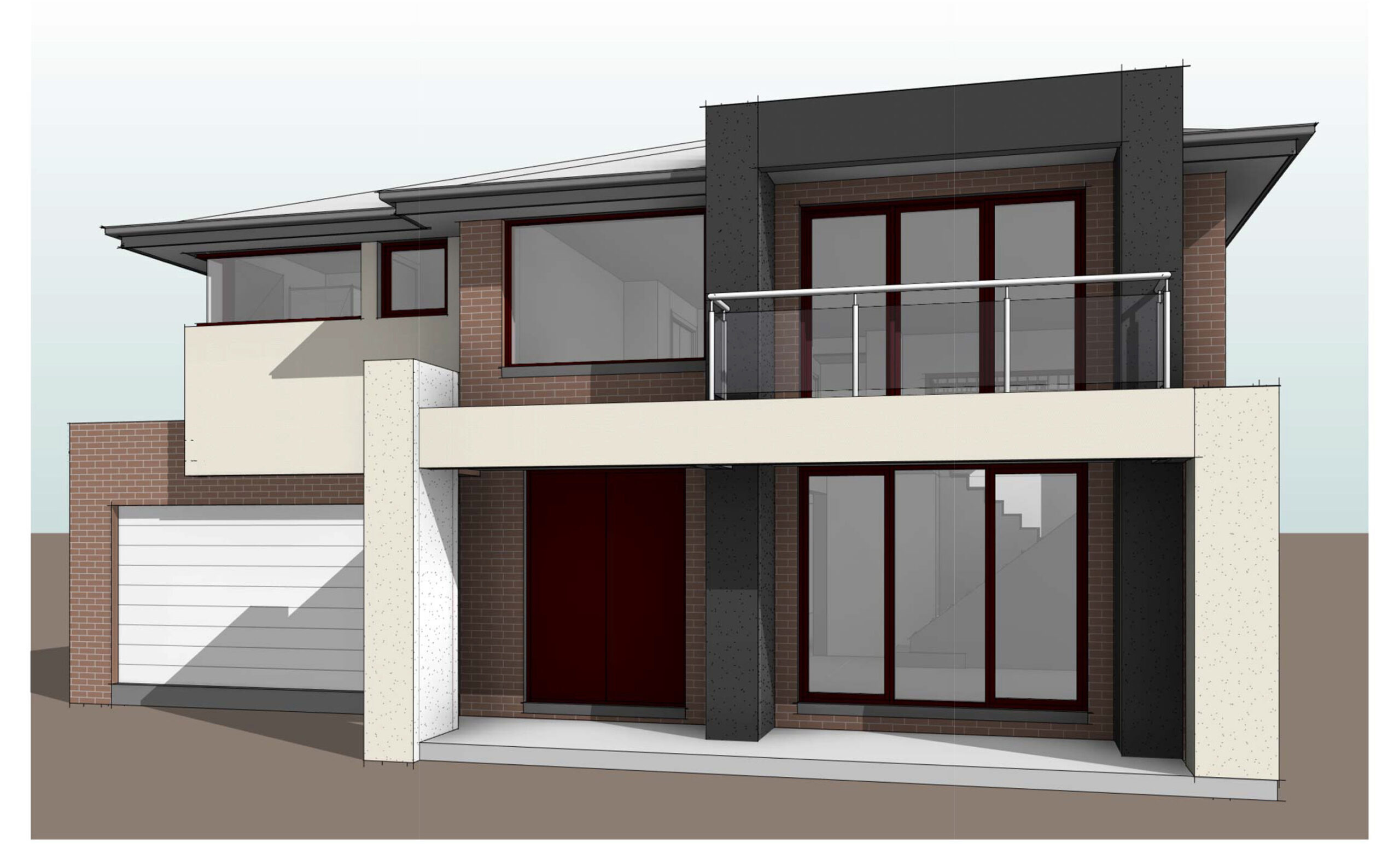Innovative thinking: Leveraging outsourcing to fuel creative design concepts
Posted on : May 31, 2023
In today’s fast-paced and competitive business landscape, innovative thinking has become a crucial aspect of success, especially in the design industry. Creative design concepts are the lifeblood of companies looking to stand out in a crowded market, capture the attention of customers, and drive business growth. However, fostering a culture of innovation and continuously generating fresh ideas can be a challenging task for organizations. This is where outsourcing can play a transformative role, acting as a catalyst for innovation and providing a platform to fuel creative design concepts.
Outsourcing refers to the practice of contracting out specific tasks or processes to external parties, often located in different countries or regions. While it has traditionally been associated with cost savings and operational efficiency, its potential for fostering innovative thinking in creative design is often overlooked. By harnessing the benefits of outsourcing and incorporating it into the design process, organizations can tap into a global pool of talent, diverse perspectives, and specialized skills.
Benefits of Outsourcing for Creative Design
Cost-effectiveness and scalability
Outsourcing design tasks can provide significant cost savings for organizations. By leveraging talent from regions with lower labor costs, companies can reduce expenses associated with hiring and maintaining an in-house design team. Additionally, outsourcing allows for scalability, enabling businesses to ramp up or down design efforts based on project requirements and market demands.
Access to specialized skills and expertise
Outsourcing opens doors to a vast talent pool with specialized skills and expertise in various design disciplines. By partnering with external design agencies or freelancers, organizations gain access to professionals who possess in-depth knowledge of specific design software, techniques, or industry trends. This infusion of expertise can spark fresh ideas and bring unique perspectives to the table.
Increased efficiency and productivity
Outsourcing design tasks can streamline workflows and improve overall efficiency. External design teams are often experienced in handling complex projects within tight deadlines, allowing organizations to expedite the design process and meet client expectations promptly. This increased efficiency translates into higher productivity and quicker time-to-market for new design concepts.
Global perspective and diverse ideas
One of the most significant advantages of outsourcing for innovative thinking in creative design is the exposure to diverse ideas and cultural influences. Collaborating with designers from different regions fosters cross-pollination of concepts, breaking conventional norms, and encouraging fresh approaches to design challenges. The infusion of global perspectives can lead to the development of design concepts that resonate with a broader audience and cater to diverse cultural preferences.
Leveraging Outsourcing for Innovative Thinking
Outsourcing can be a powerful tool for organizations to leverage innovative thinking in creative design. Here are some strategies to effectively harness the potential of outsourcing:
Collaboration and exchange of ideas
Outsourcing design tasks should not be seen as a one-way street. It is essential to foster collaboration and create a platform for the exchange of ideas between the in-house team and the external design partners. Encouraging open communication channels and leveraging digital collaboration tools can facilitate seamless idea sharing, feedback loops, and brainstorming sessions. This collaborative environment can ignite innovative thinking and spark creative design concepts that push boundaries.
Breaking conventional norms and exploring new perspectives
Outsourcing provides an opportunity to break free from conventional design approaches and explore new perspectives. External design partners bring fresh eyes to the table, unencumbered by internal biases or preconceived notions. By embracing these new viewpoints, organizations can challenge existing design paradigms and venture into unexplored territories. This willingness to embrace innovative ideas can lead to breakthrough design concepts that captivate audiences and differentiate brands from competitors.
Leveraging diverse talent and cultural influences
Outsourcing opens doors to a diverse pool of design talent from various cultural backgrounds. Each culture brings its unique aesthetics, symbolism, and design principles. By incorporating this diversity into the design process, organizations can tap into a rich tapestry of influences and create designs that resonate with different target markets. The infusion of cultural elements can add depth, richness, and global appeal to creative design concepts.
Overcoming Challenges in Outsourcing for Innovative Design
While outsourcing for innovative design offers numerous advantages, it also comes with its share of challenges. Here are some common hurdles organizations may face and strategies to overcome them:
Communication and language barriers
Effective communication is essential for successful outsourcing partnerships. Language barriers and differences in communication styles can hinder the seamless exchange of ideas. To overcome this challenge, organizations should invest in clear communication channels, use visual aids and prototypes to convey design concepts, and provide comprehensive briefs and guidelines. Regular video or voice calls can also help bridge the communication gap and foster better understanding between teams.
Maintaining consistency and quality standards
Maintaining consistency and quality standards can be a concern when working with external design partners. To ensure consistency, organizations should provide detailed brand guidelines, design principles, and templates. Regular feedback and iterative design processes are crucial to refining concepts and aligning them with the organization’s standards. It is also important to have robust quality control processes in place to review and evaluate design outputs.
Managing intellectual property and confidentiality
Protecting intellectual property and ensuring confidentiality can be challenging when outsourcing design tasks. To address this, organizations should establish clear contracts and non-disclosure agreements with external partners. Additionally, they can implement secure file-sharing systems, restrict access to sensitive information on a need-to-know basis, and conduct regular audits to ensure compliance with data protection regulations.
Best Practices for Successful Outsourcing in Creative Design
To maximize the benefits of outsourcing for innovative thinking in creative design, organizations should follow these best practices:
Clearly defined project scope and objectives
A well-defined project scope and clear objectives are crucial for successful outsourcing. Organizations should articulate their design requirements, goals, and expectations to external partners. This clarity helps the design team focus on delivering the desired outcomes and enables effective collaboration.
Establishing effective communication channels
Establishing open and effective communication channels is vital for seamless collaboration. Organizations should determine the preferred modes of communication, set regular meeting schedules, and leverage digital tools such as project management platforms, video conferencing, and instant messaging apps. This ensures that both the in-house team and external partners can communicate efficiently, share ideas, provide feedback, and stay aligned throughout the design process.
Building long-term partnerships and relationships
Building long-term partnerships with trusted external design partners can yield significant benefits. These partnerships foster familiarity, trust, and a deeper understanding of the organization’s design requirements and preferences. Long-term collaborations also enable the design team to grow alongside the organization, providing continuous support for innovative design concepts.
Regular feedback and performance evaluation
Regular feedback loops are essential to maintain quality and drive continuous improvement. Organizations should establish a feedback mechanism that encourages open and constructive dialogue between the in-house team and external design partners. This feedback should encompass both the design process and the final deliverables. Performance evaluations can also help identify areas for improvement and ensure that the design team meets or exceeds expectations.
Conclusion
Innovative thinking is a key driver of success in the design industry. By leveraging outsourcing as a strategy, organizations can tap into a global talent pool, access specialized skills, and foster diverse perspectives, leading to the fueling of creative design concepts that push boundaries and captivate audiences. The benefits of outsourcing for creative design include cost-effectiveness, access to specialized skills, increased efficiency, and exposure to global perspectives.
To leverage outsourcing for innovative thinking, organizations should encourage collaboration and the exchange of ideas, break conventional norms, and embrace diverse talent and cultural influences. However, challenges such as communication barriers, maintaining consistency, and managing intellectual property must be overcome.
To ensure successful outsourcing, best practices include defining project scope and objectives, establishing effective communication channels, building long-term partnerships, and providing regular feedback and performance evaluation.
Case studies demonstrate the successful implementation of outsourcing in innovative design. Company A revolutionized product packaging through outsourcing, incorporating cultural elements and sustainability principles. Company B created a groundbreaking website design by collaborating with outsourced talent, resulting in a seamless user experience and visually stunning design.
Future trends and opportunities in outsourcing for innovative design include the integration of AI and automation, leveraging VR and AR for design collaboration, and embracing sustainability and ethical design practices.




